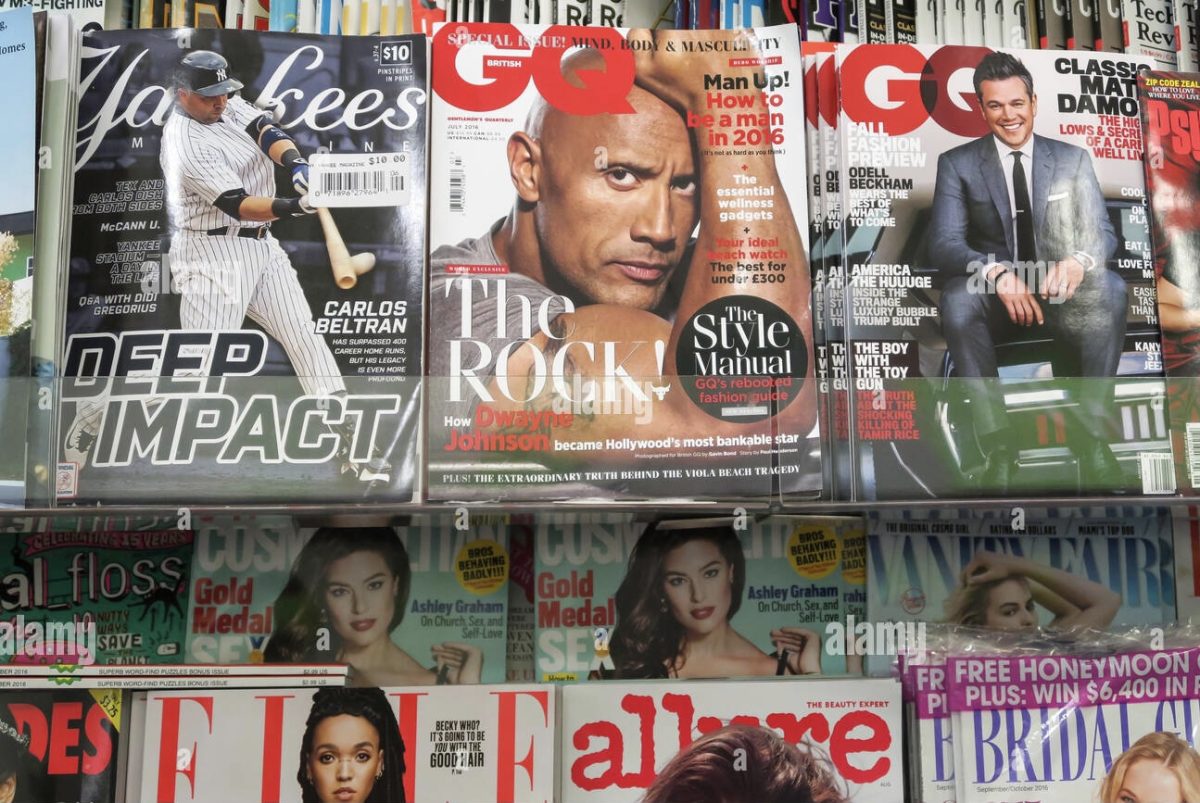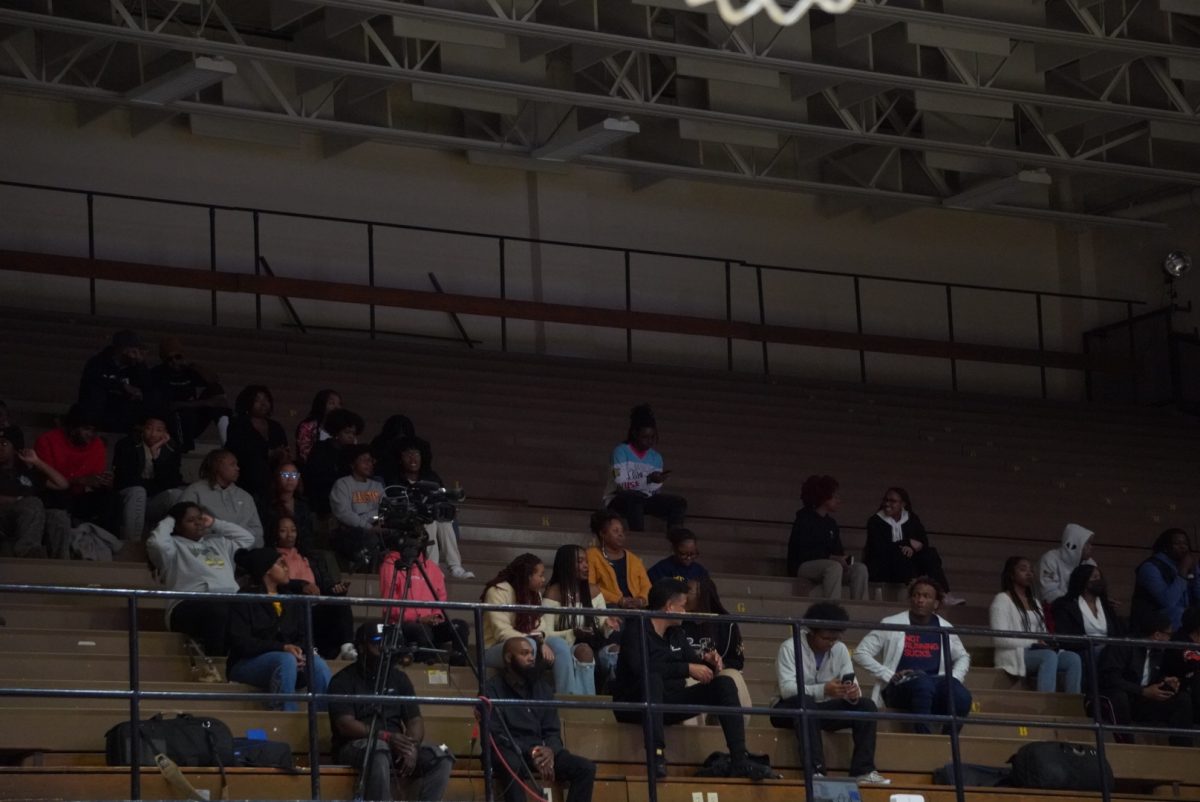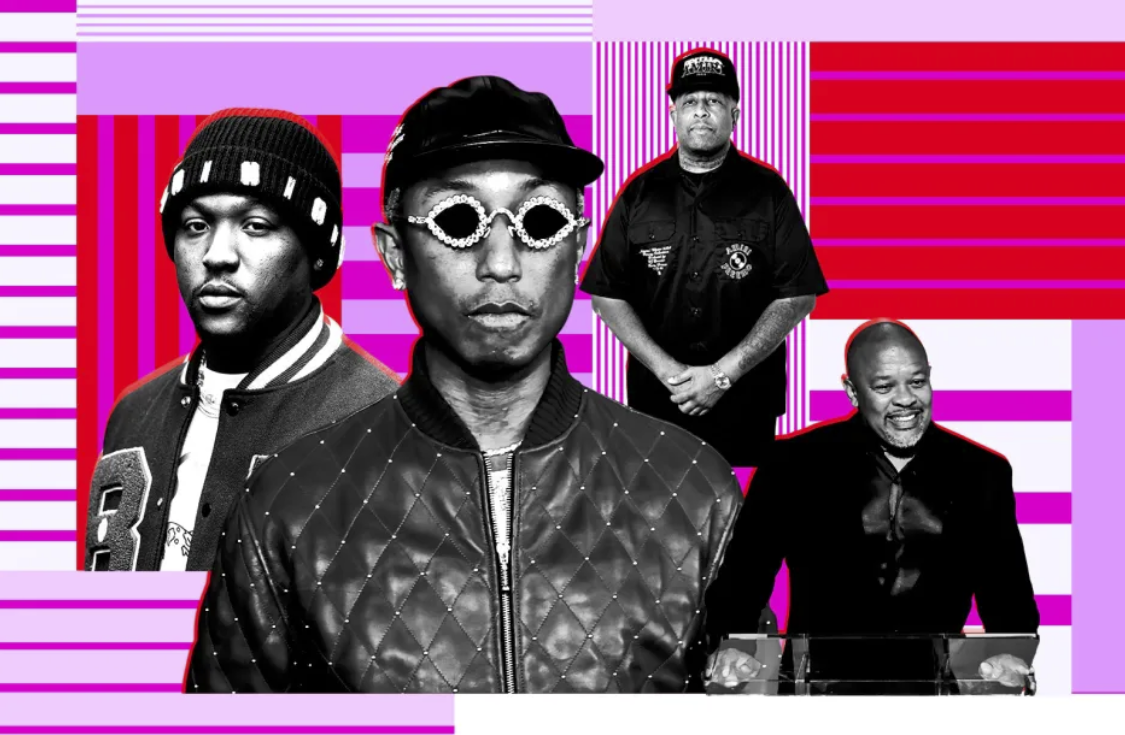Last week, a video surfaced of a white woman dancing to “Fire”, by Blackboy, a single he released in 2017. The woman is also seen dancing before a crowd of young African children with puzzled looks on their faces.
This woman is dancing to Afro-Caribbean music in Africa in front of African people. The dance appreciation wasn’t what made the video go viral, it was the attire she was wearing while dancing to the song. Her outfit of choice was a red tracksuit with black Nike sneakers. Her hair appears to be in boxer braids as she confidently dances before an all-black audience.
Can this be that she appreciates black culture or was she using her attire as props to appear appealing?
The viral video gives a visual representation of cultural appropriation. Cultural appropriation is defined as the use of one’s cultures traditional designs, music or ideas by a member of another culture, according to Real Clear Politics.
“Cultural appropriation is like stealing if you aren’t giving the community gratification or praise,” said Brian McNeil Jr, a sophomore political science student.
There is a distinct difference between appropriation and appreciation. Appreciation is like borrowing: you acknowledge the person before you proceed with using what belongs to them. Appropriation is like theft: you take something that belongs to someone else without caring about the value it may hold to that person.
Black culture is deemed to be the most appropriated culture ever. Celebrities such as the Kardashian family have successfully demonstrated this in several ways.
In 2016, Kim Kardashian received backlash for posting a selfie in what appeared to be a set of four cornrows. MTV UK labeled her hairstyle as “boxer braids.” Kim and her sisters have continued to wear these braids without acknowledging its correct name nor origin. The cornrow hairstyle has been worn by black women dating back to at least 3000 B.C. and the nineteenth century for men, according to Essence.
Appropriation is also very misleading. Society pushes the narrative that both black culture and features are okay when they aren’t portrayed on black people. Simple things such as “the bonnet” have been used against black women to make them feel “ghetto” or less beautiful.
This past July, Sarah Lindenberg, founder of Nightcap, was credited for inventing the bonnet after her line of bonnets released that month. She was also called forth due to the Nightcap’s astounding retail price of $98 compared to a standard, low-price bonnet. Her product was also labeled stylish while the traditional bonnet is frowned upon.
With all that the black community has endured, their culture has remained close to them. It becomes disheartening once something that we have been practicing for generations gets stolen and reinvented as something new.
Black culture has been put down by the media using the word trend. A trend is something that is meant to expire until something new takes its place. Culture is meant to last as long as it can. Culture also promotes diversity amongst different ethnic groups.
In the end, appropriating one’s culture is an insult to one’s identity. Proper credit should be given where it’s due.







